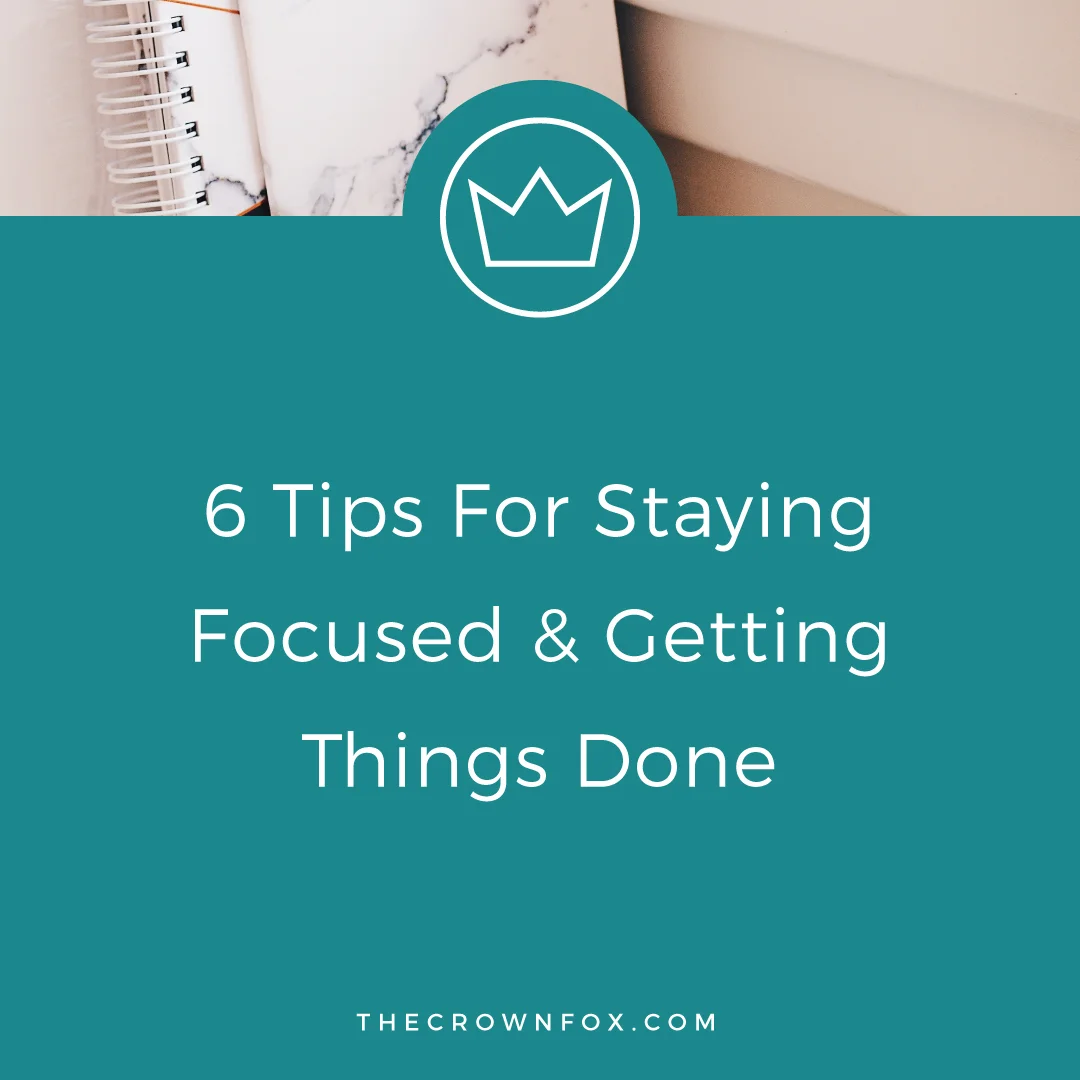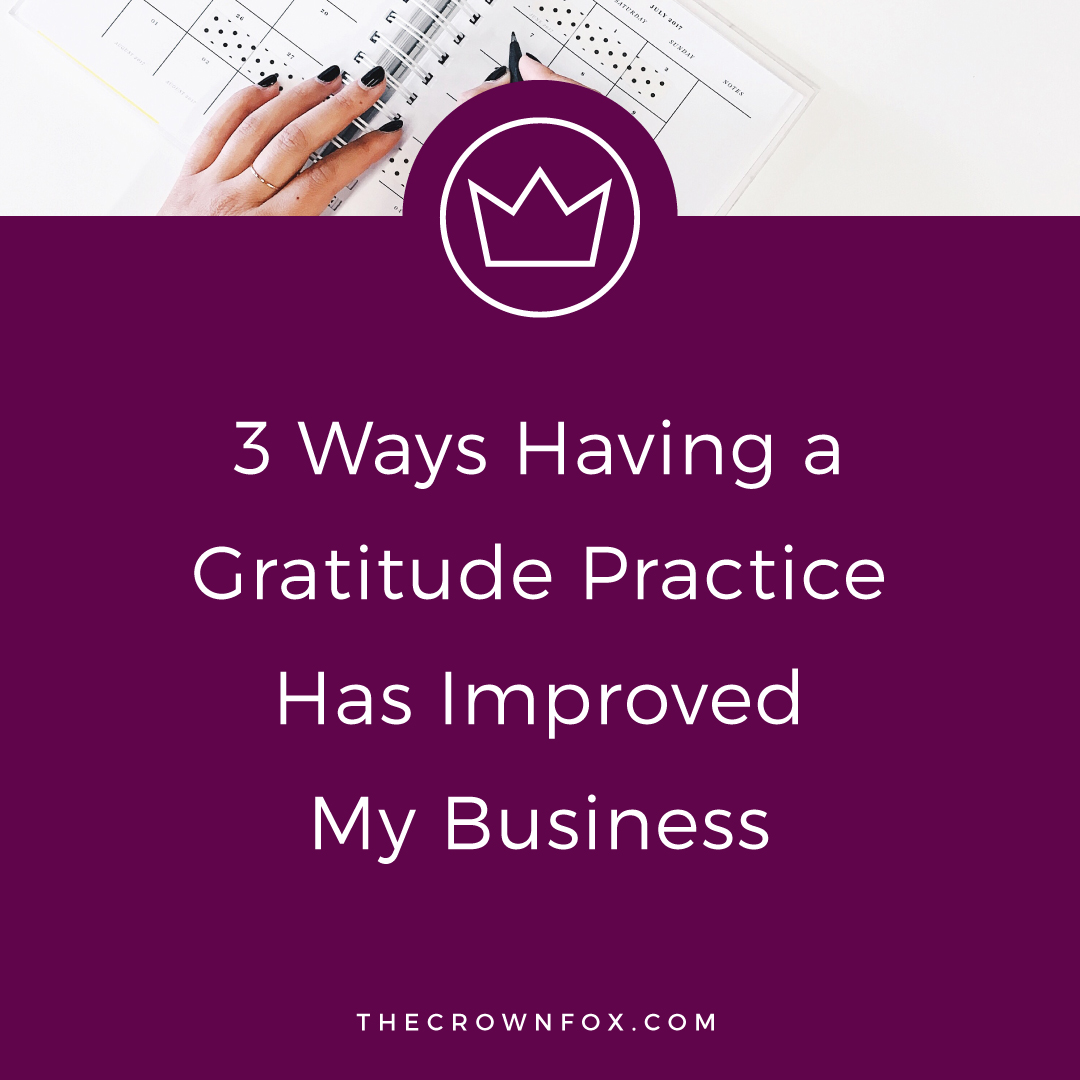In this Expanding Your Team series we’ve gotten to the point that you’re ready to bring on a design assistant, but what’s next? Establishing a workflow can be a tricky component of this process – we covered exactly what you could pass off last week, but now let’s talk about how.
WHAT ARE YOUR MOST REPETITIVE TASKS?
The easiest and most effective ‘getting started’ strategy is passing off the repetitive tasks. This is a good idea in large part because it allows the designer to ‘get used to’ your branding and how you like things done and designed. It’s a great exercise for building up trust and a good working relationship.
Repetitive tasks might include things like blog post graphics, social media graphics, or newsletter graphics. If you already have templates created this might be as simple as passing the templates over to the designer (along with any brand specific fonts you use, stock imagery, etc.). If you don’t already have templates designed that would be a great first project for your designer. The best bet would be to send over what you do have (your brand fonts, colors, etc.) and collect a few samples of other graphics you like – I’d make a secret Pinterest board and share that.
If your designer is establishing a look/feel for this, and not working from templates, keep in mind that ‘round 1’ might take a little ‘back and forth’ to get it perfect. You’ll want to account for that in your initial assignment/due date expectations!
OUTLINE YOUR EXPECTATIONS
Within these sort of repetitive tasks take time to outline specifically what you are looking for with your designer and how often you need it done.
Some key things to keep in mind are giving enough time between assigning blog posts and when you expect the graphics to be returned to you. I know a lot of us tend to wait until the last minute to write our blog posts, but your designer will need at least a day or two to get you the graphics back (please, please remember that you are not the designer’s only client and that they do need lead time for projects)! This is why repetitive tasks are a good start because it not only helps establish the relationship, but it helps you get in the habit of assigning tasks and turn around times!
An example might be that you need ten quote graphics per week to post on Instagram and that you would like them done by the Wednesday before or that you need the weekly blog graphics done the Friday of the week before. Within these expectations to your designer, you should also note what that means for you as far as getting content to the designer.
So if you need blog post graphics by Friday, you should have content available by Wednesday (or whatever you and your designer decide on for lead time/turn around time).
You’ll also want to make note of anything specific you need file wise – usually just a web quality file sized appropriately for Pinterest, Facebook, and Instagram suffice in most businesses (at least the ones I’ve worked with!) but if you have any specific requirements or file types needed, make note of those too.
SET UP A REOCCURING TASK IN ASANA OR TRELLO
I’ve mentioned before that the goal is get clients set up using Asana, because that is my preferred way or organizing tasks. This is super efficient when it comes to these reoccurring type tasks because you can set things like ‘Instagram Quote Graphics’ to repeat being due every week (and you can set yourself the task of ‘compile content’ a few days prior.)
In time when you move away from simple repetitive tasks Asana will be a great tool for sending over work and communicating any questions or revisions. With these more repetitive tasks you can learn the system and allow both you and the designer to get used to using it together.
"Use smaller, simpler projects to get used to working with a designer." [tweet that!]
MAKE A PLAN FOR FILE SHARING
This definitely differs from business to business, depending on what you currently use, but informing the designer how to actually return the files to you is a must! I’ve been in situations where I’m unsure of what’s expected so I end up emailing the files, and uploading them to Asana, and sending a Slack message to let someone know where the files live.
What I recommend here is just adding the designer to whatever you are currently using whether it be your Google Drive or Dropbox or if you would prefer them to just upload straight into Asana or an email. Long term I think emailing everything will get sort of clunky and something like Google Drive or Dropbox is the most efficient, but to each their own!
PERFECT + MOVE ONTO BIGGER PROJECTS
Like I mentioned, I think these sort of redundant and easy-to-replicate projects are great for getting started. I’m sure you hired a designer for bigger and more important projects though! So once you’ve done this for a week or two and have good communication and processes established, you can move into more unique and “one-off’ projects (and make the most use of your new designer)!
Got any questions about working with a designer that I can help you with? Let me know in the comments! If you’re ready to start working with a designer in your business, click here.







Hi! I’m Kaitlyn!
I believe that you can create a life and business you love by listening to your own inner guidance system. I think there's plenty of strategies + hacks to learn and a ton of “how to” content you can consume but ultimately you are your best guide, the best guru, the best compass, and the best source of inspiration! I’m here to help you learn to trust that voice inside, step into your incredible power, and create YOUR dream business + life.
Let’s work together!